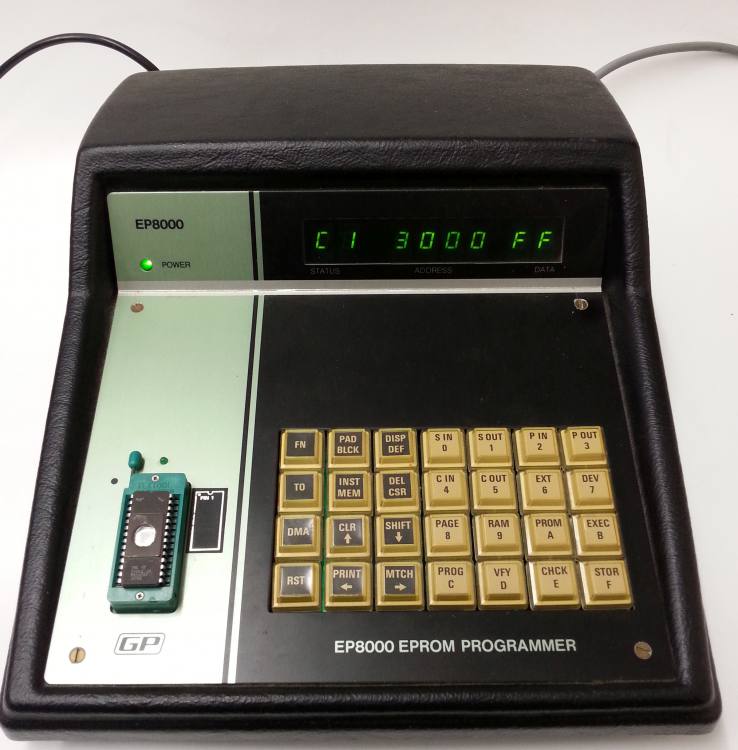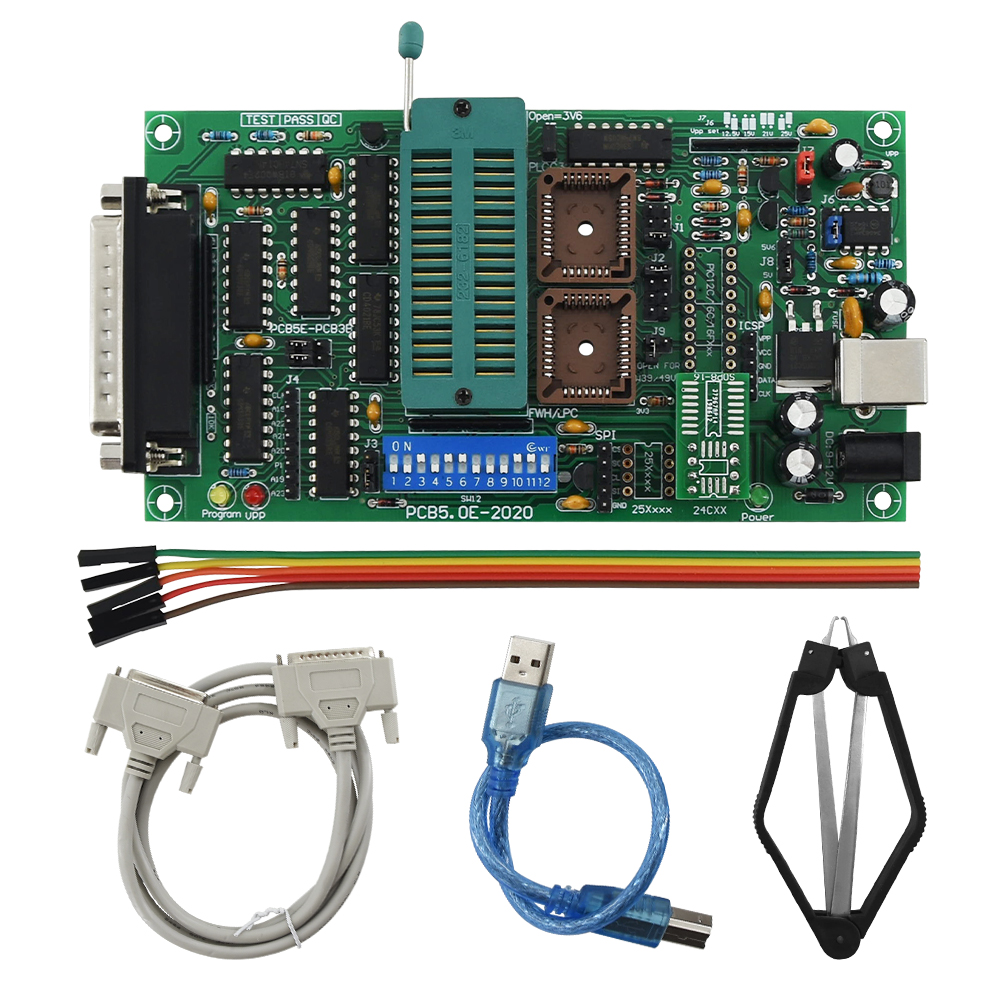
So the Nano can be removed and used for other projects. The Nano is stacked on a 600mil DIP socket, that I cut down to 30 pins. Here is a picture of the prototype with the Nano V3, 2 74HC595 and a ZIF socket for the EEPROM. But unfortunately I need pin 0 and 1 for RX/TX, making it a little bit harder to set 8 data bits for the EEPROM. The only internal PORT of the Atmeg328 on the Nano that can be completely used with 8 data bits is PORTD (digital Pins 0 to 7). But the address lines are only needed as output, so I decided to use 2 74HC595 shift registers to reduce the needed I/O pins from 15 to 3.
28 PIN EPROM PROGRAMMER SERIAL
The whole thing is based on an Arduino Nano, because of the small form factor, the good price and (very important) and already available serial connection via USB.įor 15 address lines, 8 data lines and 3 control lines I need 26 I/O pins, too much for the Nano. You can buy a programmer, but they are too expensive for just a simple project.

Additionally some control lines like /WRITE, /OUTPUT and /ENABLE need to be connected to the EEPROMs. These chips are parallel memory chips with a 13 to 15 bit wide address bus and a 8 bit databus. The back of circuit board is covered by a sheet of perspex and completely protected from a short circuit.For my upcoming 6502 CPU based homebrew computer project I need the possibility to program EPROMs and EEPROMs. Note: Higher Vcc voltages (5.6v and 6.2v) will be available when an external AC power supply is used.Uses the power supply from a USB port or from an optional power supply or plug pack (not supplied).PIC + adapter, 16 bit 40pin/42pin Adapter, PLCC32, PLCC44

28 PIN EPROM PROGRAMMER SOFTWARE

It can program up to 20% - 50% faster than old version of Willem EPROM Programmer have Built-in PLCC32 and PLCC Firmware HUB/LPC on-board



 0 kommentar(er)
0 kommentar(er)
